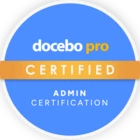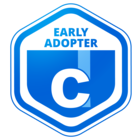Hey there Docebo Community!!!
One of my favorite product developments of the past couple of years is webhooks. There’s so much potential for clients to create their own “integrations”; we started with something like 20 triggers when we first released them a couple of years ago and we’re up to 61 different triggers today with more on the way.
I’ve seen some internal webhook demos where you can do things like populating a Google sheet with real-time information about enrollments or completions (which is super cool), sending a trigger to other email notification systems, and even turning on a wifi-connected lamp when an event took place in Docebo with
I’ve been chatting with my fellow CXM,
In the meantime, if you’re interested in some more information, check out this Docebo U asset and the Knowledge Base here.






